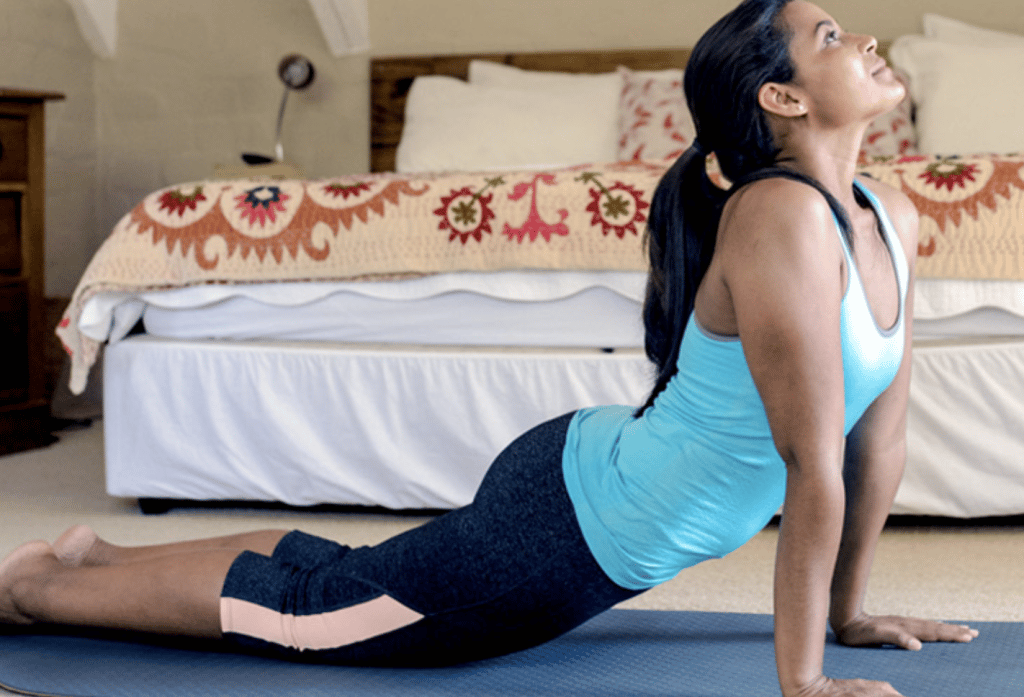Hip pain can be frustrating, debilitating and a real pain in the, you know… behind. Excuse the language, but it’s true. If you’re sitting at home wondering what the best way is to reduce that relentless ache, well, you’ve come to the right place.
While it’s important to visit your healthcare professional – it’s also good to know how you can effectively manage the pain on your own. That being said, if you notice the pain increasing, or any abnormal symptoms – make sure you visit a qualified professional immediately.
So let’s get down to business. Here are 7 ways to reduce hip pain at home.
1. Use the RICE principle
Rest, Ice, Compression, and Elevation. That’s the name of the game when it comes to relieving pain in the short term. Rest involves not moving and keeping your hip stable. Applying ice can ease inflammation and reduce pain, while compression and elevation help to decrease swelling and allow fluids to flow away from the affected area.
Each one of these activities helps in different ways to:
- Calm inflammation
- Reduce pain
- Regain mobility
- Speed up the healing process
Bear in mind that the RICE method isn’t ideal for chronic hip pain symptoms, and should be used more for acute injuries like a muscle strain.
2. Stretch, stretch, stretch
Moving your limbs is the perfect home treatment plan for anyone experiencing hip pain. Whether you own a yoga mat or not, stretches benefit anyone and everyone who takes the time to include them in their daily ritual.
Remember to keep stretches light and simple. You don’t want to overdo it and accidentally cause further damage. So why do stretches at all you might ask? The answer is simple. Stretches keep your joints limber and mobile, and when done right – actually reduce the chances of re-injury, and can help with chronic pain management.
3. Light exercise
We know you’ve heard it a thousand times. But we’re going to say it one more time. Hip pain or not, light exercise should always be part and parcel of your daily routine.
Why?
Because exercise will keep your body strong enough and mobile enough to deal with hip pressure on its own. It builds your body’s self defence mechanism.
If you’re living with chronic hip pain, it’s a good idea to keep up regular exercise that doesn’t inflict further damage on existing injuries. Check with your physio or doctor to ensure your exercise routine is not making matters worse. When done right, exercise can help you become more limber and even reduce the chances of pain over the long term.
4. Hydrotherapy
Hydrotherapy has long been a favourite when it comes to easing joint pain and speeding up rehabilitation time. No matter your age, exercising in the water has several benefits like:
- Less risk of falling over
- Fewer stresses on joints
- Improved strength and ease of mobility
Water’s low resistance makes it ideal for joint rehab. Whether you’re overcoming hip pain or strengthening your muscles after surgery, hydrotherapy can facilitate faster recovery times without any side effects.
5. Try topical pain relief
Hip pain can also be tackled at home with topical pain relief methods. Topical pain relief includes creams and ointments that help with pain relief once applied to your skin. Often they will contain the compound Capsaicin which is renowned for helping ease pain.
While there are plenty of different options on the market, your doctor or pain specialist will be able to prescribe you the right one based on your individual needs.
If you’re applying it at home remember to steer clear of wounds, tight bandages or damaged skin as some topical pain relief products can worsen inflammation if they’re applied in the wrong way.
6. Over the counter medication
Sometimes, no amount of exercise or stretching can help. Luckily it’s the 21st Century and we have solutions for that.
If you’re searching for short-term pain relief, over the counter medication can be the quick fix you’re craving. Whether it’s pain relief, counter-irritants, hormone regulators, or other inflammation-reducing drugs, a whole range of medications awaits those with prevailing symptoms.
If you’re not sure what to buy, simply talk to your doctor, or physiotherapist, or if you’re in urgent need speak to the specialist at the chemist to see which treatment is right for you.
7. Complement your strategy with physio for hip pain
Whatever home treatment methods you end up using to calm inflammation in the hips, using the advice and assistance from a qualified physio for hip pain is an unbeatable addition to your recovery and pain management. While home remedies like those above are good at treating short-term pain symptoms, a dedicated physio will help you get to the root of the problem.
If you’re ready to embark on your recovery journey, book an appointment with your local Perth physio today.

